Your cart is currently empty!
Scientists Have Discovered The Ancient Birthplace Of Marijuana
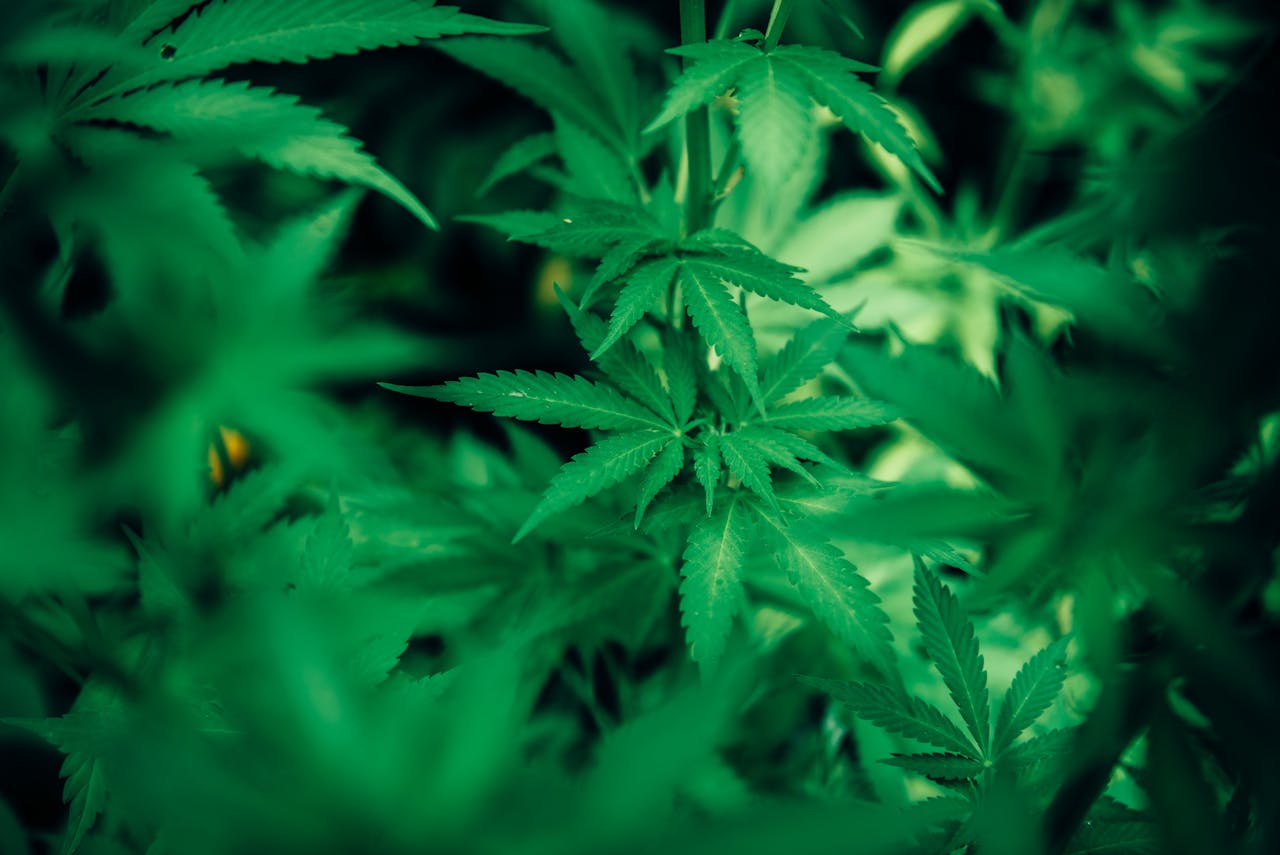
For much of modern history, cannabis has occupied a paradoxical place in public discourse—revered, vilified, commodified, and misunderstood in equal measure. Despite its deep roots in ancient civilizations and its growing acceptance in modern medicine and culture, the plant has long been entangled in legal, political, and scientific uncertainty. Cultural narratives around cannabis have often focused on its effects or legality, overshadowing its biological and historical complexity. Yet behind the public debates and policy shifts lies a plant with one of the most enduring and intricate relationships with humanity.
Cannabis sativa has been used for thousands of years—for ritual, healing, nutrition, and industrial applications. From sacred ceremonies in India to fiber production in ancient China, cannabis has quietly evolved alongside human society. But for all its widespread use and cultural significance, one essential question has remained unanswered: where did this plant originate, and how did it evolve into the varieties we know today? The lack of clear answers stems in part from the fragmented nature of cannabis
Unraveling Cannabis’s Genetic Origins
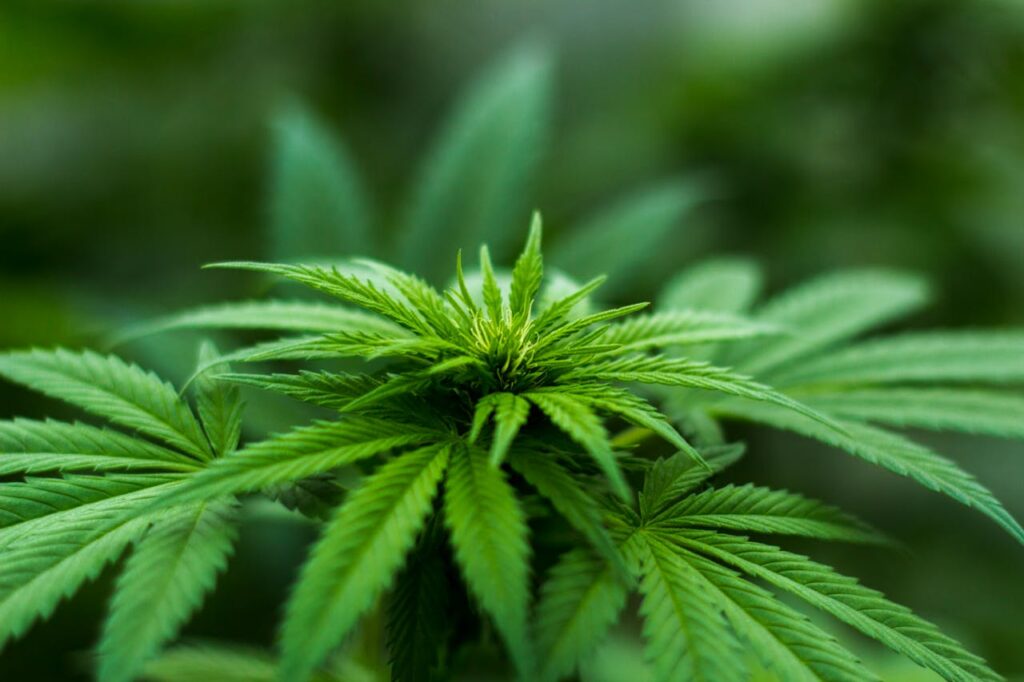
For centuries, the true origin story of Cannabis sativa—the species encompassing both marijuana and hemp—has remained shrouded in mystery. Political sensitivities, prohibition, and fragmented scientific access impeded comprehensive research. But a recent study published in Science Advances has delivered a pivotal breakthrough, leveraging advanced DNA sequencing to decode the plant’s ancient genetic history.
In one of the most extensive genomic surveys of cannabis to date, researchers analyzed 110 distinct cannabis genomes from across the globe. The data enabled the construction of detailed phylogenetic trees, genetic maps that illustrate how various strains are related. What emerged was a clear evolutionary branching into four distinct genetic groups—each representing a different stage or form of the plant’s development.
Among these, a particularly striking discovery was the identification of a previously unknown lineage known as “basal cannabis.” This ancestral group, found primarily in wild or traditionally bred strains in regions of China, stands genetically apart from both modern hemp and drug-type cannabis. Its discovery suggests that East Asia—rather than Central Asia, as long presumed—is the likely birthplace of domesticated cannabis.
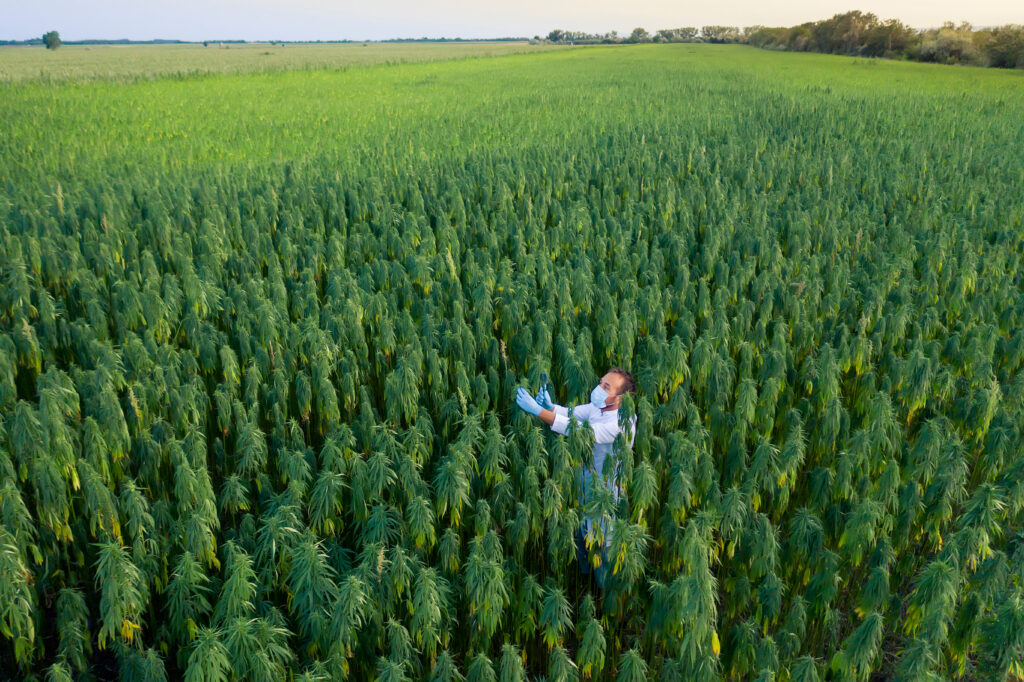
“The identification of basal cannabis offers a missing piece in the evolutionary puzzle,” said Dr. Luca Fumagalli, conservation biologist at the University of Lausanne and study co-author. He emphasized that Cannabis sativa is among the earliest domesticated plants, yet has remained one of the least genetically understood due to ongoing social and legal barriers.
This new research reframes cannabis not just as a culturally contentious crop but as a biological artifact that has co-evolved with humans since the Neolithic era. Nearly 12,000 years ago—around the same time agriculture first emerged—cannabis began diverging from its ancestral form, eventually giving rise to the diverse forms we know today.
From Multipurpose Crop to Divergent Strains
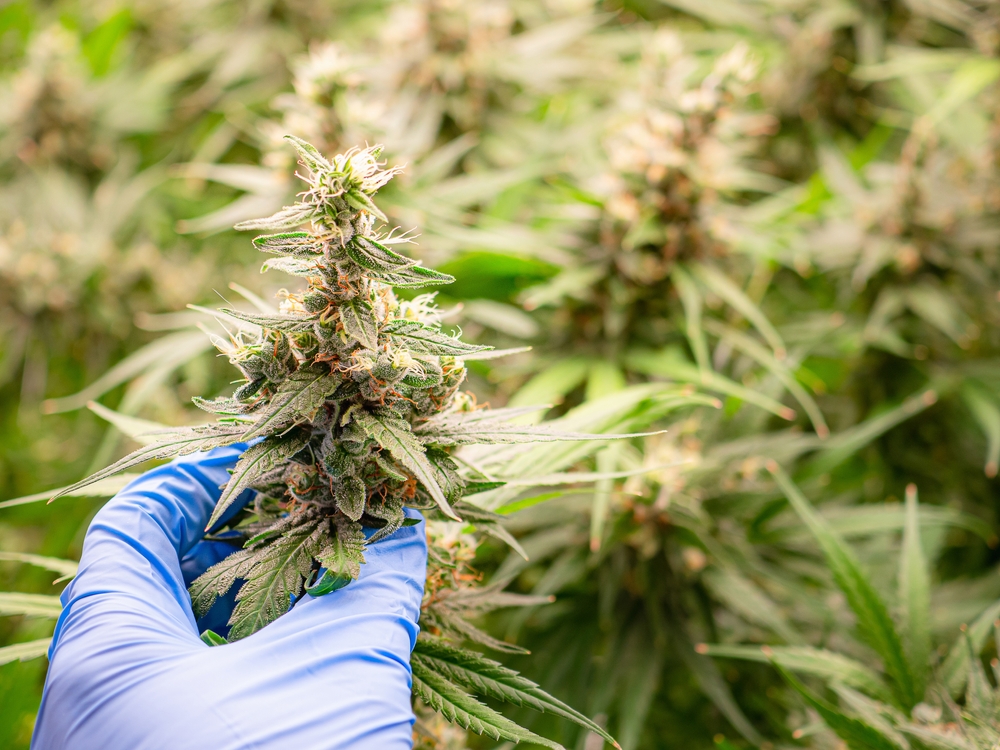
Cannabis was not always the bifurcated plant we recognize today, with its clear distinctions between industrial hemp and psychoactive marijuana. According to the genetic evidence and archaeological records, early cultivation of cannabis began as a multifunctional endeavor. For thousands of years, ancient societies likely grew the plant for a combination of purposes—fiber, food, medicine, and ritual use—rather than for a single specialized trait.
Around 4,000 years ago, however, a significant shift occurred. The genetic study revealed that cannabis began diverging into two major cultivated paths: one geared toward fibrous, low-THC hemp and the other toward high-THC drug-type varieties. This timeline corresponds with archaeological findings of hemp-based textiles in Bronze Age East Asia, indicating that fiber production was among the earliest specialized uses.
Selective breeding intensified these differences over time. Genes related to fiber strength were favored in hemp-producing regions, while cannabinoid synthesis—particularly tetrahydrocannabinol (THC)—was enhanced in varieties used for psychoactive or medicinal effects. These adaptations were not without consequence. In optimizing specific traits, humans also contributed to the loss of genetic diversity in the plant. Some of the original wild cannabis ancestors may have been entirely absorbed into cultivated lines or even gone extinct.
Experts note that this dual domestication reflects a broader pattern in human agriculture, where plants are molded to fit changing societal needs. What makes cannabis unique, however, is how closely its transformation mirrors shifting cultural attitudes—sacred herb, industrial crop, controlled substance, and now, in many parts of the world, a re-legalized commodity with medical promise.
A Global Migration and Cultural Evolution
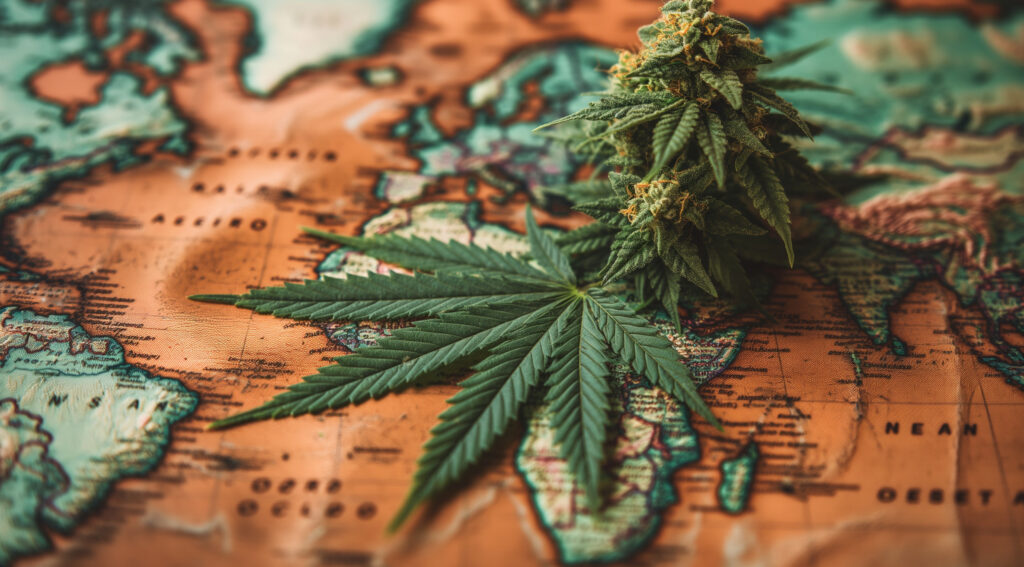
The genetic and archaeological record reveals that cannabis’s global journey was anything but linear. After its likely domestication in East Asia, psychoactive cannabis varieties began to move westward, first reaching South and Central Asia—including modern-day India and Pakistan—around 3,000 years ago. This migration coincided with the rise of spiritual and medicinal traditions in the region, many of which incorporated cannabis for its mind-altering properties.
From the Indian subcontinent, cannabis gradually expanded into the Middle East, Africa, and Latin America over the next two millennia. Each region added its own layer of cultural meaning and cultivation preferences, contributing to the plant’s growing genetic complexity. In Africa, for example, cannabis took on roles in both indigenous healing and resistance movements, while in Latin America it became entwined with colonial history and traditional medicine.
North America’s relationship with the plant developed in a more segmented fashion. Hemp was first introduced by European colonists in the 1600s for utilitarian purposes such as rope and textiles. Yet it wasn’t until the late 19th and early 20th centuries—through migration, trade, and the arrival of psychoactive strains from Asia—that marijuana began to appear in earnest. By the early 1900s, Mexican and Caribbean immigrants had introduced more potent cannabis varieties to the U.S., fueling both its popularity and the backlash that led to criminalization.
This widespread dissemination also accelerated genetic diversification. As cannabis adapted to new climates, cultivation practices, and user preferences, its biochemical and physical traits evolved. Modern cannabis strains now show remarkable variability in potency, aroma, cannabinoid profile, and resilience—differences that reflect centuries of cultural exchange, selective breeding, and environmental influence.
Rethinking Cannabis Classifications
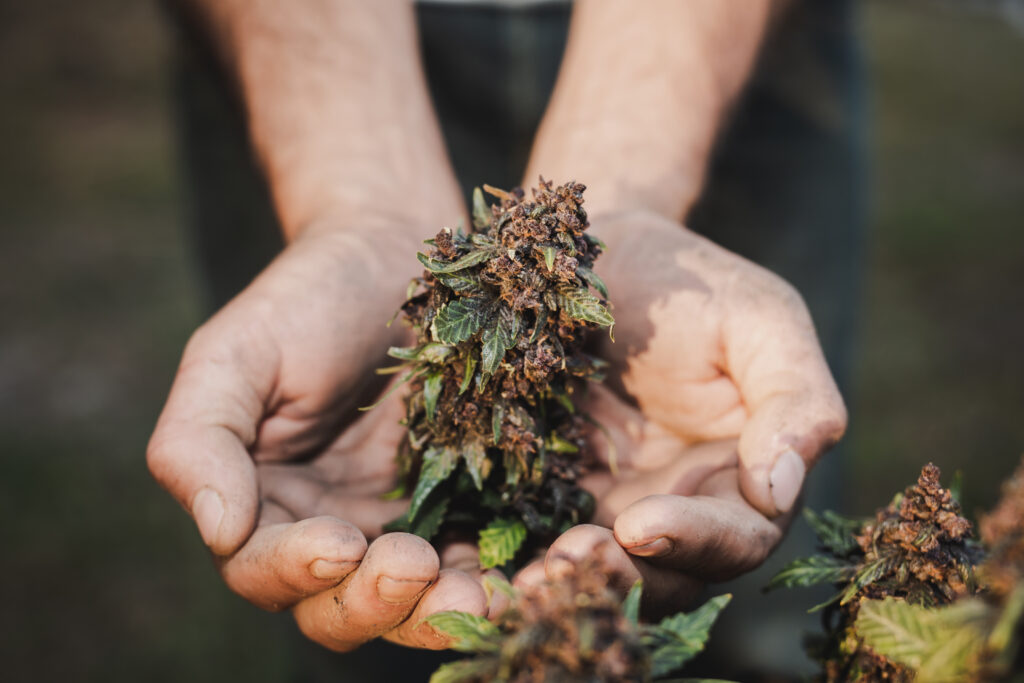
One of the most compelling insights from the genetic study is the challenge it poses to the long-standing binary classification of cannabis into “hemp” and “marijuana.” These terms—rooted more in legal and cultural frameworks than in scientific taxonomy—fail to capture the full genetic complexity of the plant.
Traditionally, hemp has been defined by its low THC content (typically under 0.3%) and industrial applications, while marijuana refers to varieties with higher THC levels used for psychoactive or therapeutic effects. However, researchers found that these distinctions often blur at the genetic level. Several hemp samples included in the study displayed unexpected genetic similarities to psychoactive strains, suggesting a continuum rather than a hard divide.
This ambiguity stems from overlapping cannabinoid gene expressions and hybridization between different cannabis lineages over centuries. The genes responsible for THC and cannabidiol (CBD) production, for instance, do not align neatly with legal classifications. Some plants bred as hemp may still carry genes capable of producing higher THC levels under certain environmental conditions or crossbreeding scenarios.
The findings raise important questions for policymakers, growers, and consumers alike. If the biological basis for the hemp-marijuana distinction is inconsistent, regulatory frameworks based solely on THC thresholds may be overly simplistic or even misleading. It also complicates efforts in medical research, where understanding a plant’s full cannabinoid and terpene profile is crucial for evaluating therapeutic potential.
Ultimately, the study underscores the need for a more nuanced, science-based approach to cannabis classification—one that acknowledges its genetic diversity and evolutionary history rather than relying on arbitrary legal definitions
Toward a More Informed Future

The rediscovery of cannabis’s genetic roots is more than a scientific milestone—it’s an opportunity to reshape how we understand, regulate, and utilize one of humanity’s oldest cultivated plants. As the study reveals, Cannabis sativa is not a monolith but a biologically rich and culturally layered species, shaped by millennia of human influence and environmental adaptation.
This complexity demands a more informed and responsible approach moving forward. For policymakers, the findings present a clear argument for reevaluating regulatory frameworks that rely on outdated or overly simplistic definitions. For researchers and medical professionals, the genetic insights offer a roadmap for more precise cultivation, targeted therapies, and improved public health strategies. And for consumers, they provide a deeper awareness of the origins and nature of the products they are using—whether for wellness, recreation, or cultural practice.
Dr. Luca Fumagalli and his colleagues have illuminated a past long obscured by stigma and politics, offering a science-based narrative that honors both the plant’s ancient lineage and its modern-day relevance. Their work reminds us that understanding cannabis is not just about THC levels or product categories—it’s about embracing its role in human history and its potential for the future.
As cannabis continues its transition from prohibition to mainstream legitimacy in many parts of the world, this research offers a timely reminder: science and history must guide our decisions, not fear or convenience. The story of cannabis is still unfolding, and with it comes the responsibility to approach the next chapter with clarity, curiosity, and respect.
Source:
- Source: Crocq, M. (2020). History of cannabis and the endocannabinoid system. Dialogues in Clinical Neuroscience, 22(3), 223–228. https://doi.org/10.31887/dcns.2020.22.3/mcrocq
